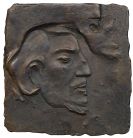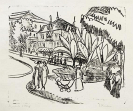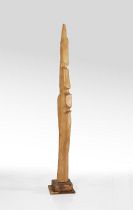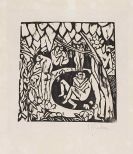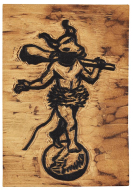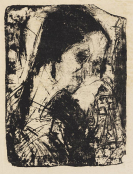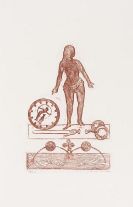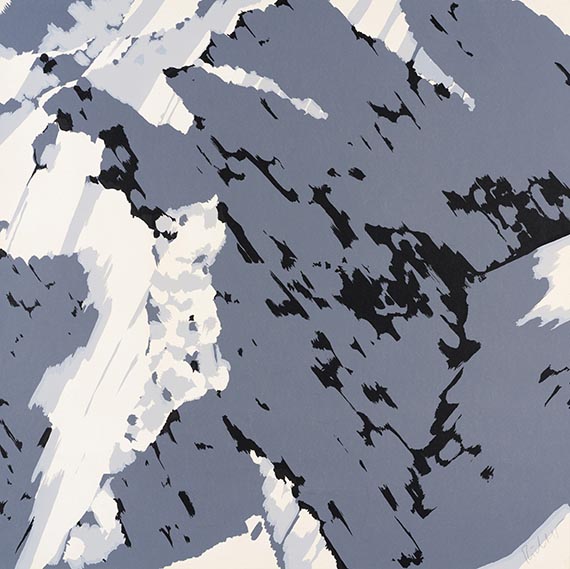
Paul Gauguin
Paris
1848 -
Atuona
1903
Born in Paris in 1948, Paul Gauguin spent the early years of his life in Peru. On his return to France, he took his first instruction in painting at the Académie Colarossi in Paris in 1874. Only two years later, he showed a painting at an exhibition.
Becoming acquainted with Camille Pissaro, Paul Cézanne and Edgar Degas, he showed his work with theirs at group exhibitions. Their most important stylistic features left their traces on his early work. In 1886 Paul Gauguin went to Pont-Aven in Brittany, where he became the head of a group of artists just forming. He developed a new style of painting with large-scale figures, emphatic contours and surfaces of vibrant colour.
During a second stay at Pont-Aven in 1888, he made the important leap to "synthesis" in his pictures, enlivening his decorative surface compositions of figures with sharp colour contrasts and enhancing their expressive powers by alternating between extreme close-ups and an effect of spatial depth.
Described by Paul Gauguin himself as "Synthetist", this new style exerted a formative influence on another group of artists, the "Nabis", among them Émile Bernard, Pierre Bonnard and Édouard Vuillard. In 1891 Gauguin went to Tahiti, hoping to regain his Paradise Lost. Although his high hopes were dashed, he immersed himself in Polynesian mythology, painting sixty-six pictures there, dream-like scenes with figures of a monumental cast painted in a saturated palette.
Returning penniless to Paris in 1893, he hoped to improve his financial situation with an exhibition of his tropics paintings by Durand-Ruel yet he was again disappointed. Wearied of Paris and civilisation in general, Paul Gauguin decided to retire from society for the rest of his life and returned to Tahiti in 1895.
The paintings of this last phase deal with themes such as creation myths, procreation and birth. Although terminally ill, he managed to move once more, in 1901, to Atuona (Dominica) on Hiva Oa in the Marquesas Islands, where he died on 8 May 1903.
Paul Gauguin is regarded as a precursor of Modernism, who developed a new style with his "Synthetism" and conjured up intuition, dream and vision through the correspondence of colours and forms.
Would you like to sell a work by Paul Gauguin?
Infos for seller
